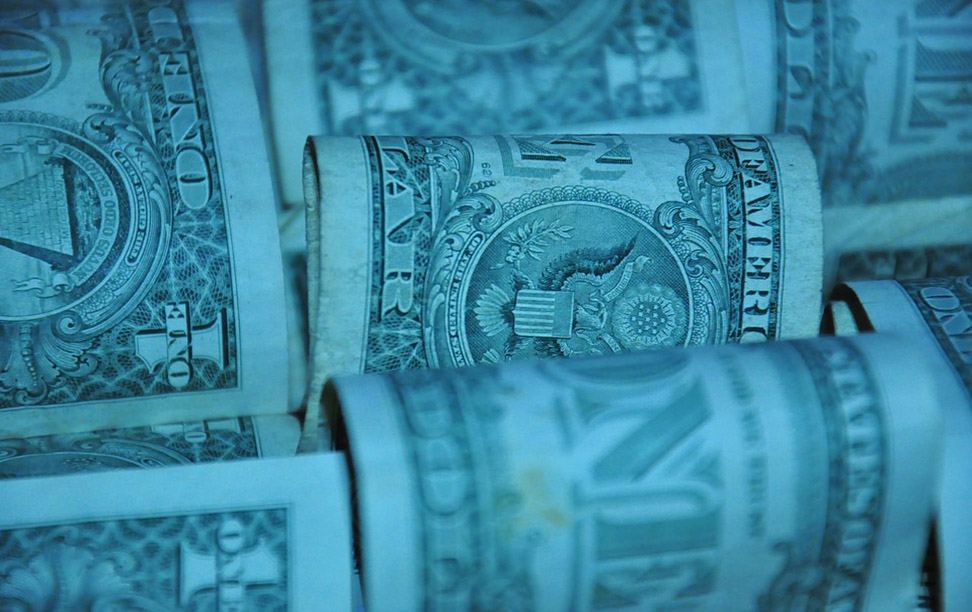August 24, 2023 (MLN): The pressure on the local currency can be attributed to the increased demand for imported items, as people rush to buy as many dollars as possible, Dr Inayat Hussain, Central Bank Deputy Governor stated on Wednesday during a briefing to the Senate.
Pakistani rupee (PKR) plunged below the psychological level of 300 against the US Dollar in the interbank market during intraday trade.
The local unit was quoted at PKR 300.03/300.28 with the trades being reported at 300.26 per USD while in the open market, PKR is being traded at 314/316 per USD.
It is worth noting that the depreciation of the local unit from 200 to 300 level against the USD occurred within 15 months.
The gap between the interbank and open market rate stands at 4.58%, which has exceeded the recommended 1.25% threshold set by the International Monetary Fund (IMF) for the last 14 consecutive days.
During the current financial year, PKR has depreciated against the Dollar by 14.76 rupees or 4.92%. While the current calendar year has seen PKR depreciate by 73.86 rupees or 24.6%.
Dr Inayat Hussain said that there was a substantial increase in demand for the dollar and that the process of controlling the dollar would be time-consuming.
According to the governor many individuals have heavily invested in dollars, which has further worsened the situation.
Furthermore, the surge in imports also plays a role in driving up the value of the dollar. To note, imports in July surged by 30% MoM to $5 billion.
Despite the agreements with the International Monetary Fund (IMF), the rupee's stability remains a challenge, as noted by the Chairman of the Senate Committee.
Recalling the IMF staff report issued on July 18, 2023, a market-determined exchange rate was recommended to absorb external pressures. Consequently, the government's ability to control the rupee through trade restrictions has been limited.
The Deputy Governor told the committee that the central bank could no longer influence the currency exchange market after the IMF deal.
He further stressed that the main objective is to have a functional currency market and to make sure that no one exploits the market.
To note, import numbers for July showed a massive increase of 29.80% MoM to $5.03bn as compared to $3.88bn in June.
However, importers in Pakistan are finding it difficult to obtain import permits for their manufacturing needs due to dollar shortages, resulting in cargoes remaining stuck in ports.
It is worth mentioning that the IMF has obtained letters of commitment from various political parties regarding economic measures.
“An uncertain outlook and low prospects are driving the dollar price, which can only stabilize when there is certainty,” remarked Hussain.
This depreciation in the domestic currency will lead to an increase in fuel, electricity, transport, and other goods prices.
Awais Manzur, Special Secretary of Finance while answering a question emphasized that the situation of the local currency will improve once the import payments are reduced.
“Banks did not have any role in devaluation as their net positions were almost zero suggesting that they were not gaining any benefit,” the governor responded to a query.
Despite the agreements with the International Monetary Fund (IMF), the rupee's stability remains a challenge, as noted by the Chairman of the Senate Committee.
He further expressed his concerns that the regulatory authority should ensure that no unnecessary dollar purchases take place by the masses.
Copyright Mettis Link News
Posted on: 2023-08-24T13:20:58+05:00







